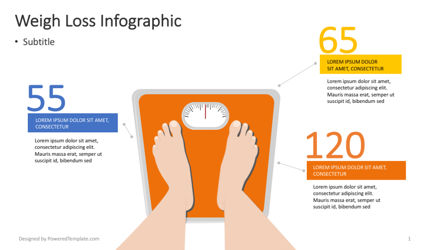Benefits Of Cold Laser Face Treatments
Benefits Of Cold Laser Face Treatments
Blog Article
What to Anticipate Throughout a Cold Laser Strategy Session
Cold laser treatment is a non-invasive, pain-free therapy that helps reduce inflammation and improves cell regrowth. It is a safe option to intrusive treatments and usually has immediate outcomes.
Laser photons launch a domino effect of chemical reactions within the cell that decrease discomfort, swelling, and speed up recovery. It boosts blood circulation to the area by inducing vasodilation.
What to Anticipate
Cold laser therapy is a non-invasive treatment that uses low-level laser light to pass through deep into hurt tissues, causing cell feature on several levels to advertise cells recovery. This helps in reducing pain and swelling, while promoting contraction and regrowth.
During a session, you'll rest or relax comfortably and the practitioner will note the locations on your body that need to be dealt with. The practitioner then uses a tiny portable tool with the laser to the location. During the treatment, you may feel a slight tingling or warmth in the area of your injury.
Prior to starting therapy, it is very important to cleanse the location of your injury and get rid of any jewelry or various other things that can hinder of the laser's path. It's additionally vital to avoid any combustible products that could be in the location of the laser light beam. This will ensure your safety and the effectiveness of the treatment.
Prep work
Cold laser treatment works by radiating light on the surface of your skin. The light is taken in by the leading layer of your skin and after that boosts the cells to generate power that promotes healing.
During the therapy, you might really feel a warm or tingling sensation in the area that is being treated. This is completely regular, though you should allow the expert recognize if the laser treatment for tendonitis near me feeling is uneasy or too strong.
This treatment has a great deal of pledge for aiding individuals with distressing mind injury (TBI). The treatment is non-invasive and doesn't have any negative negative effects. Nonetheless, more research is required to figure out the ideal treatment method. The very best method to discover if you are a candidate for this kind of therapy is to talk to a trained physiotherapist. They will be able to aid you figure out if cold laser therapy is right for you.
The Therapy
When the specialist has actually appropriately positioned you for therapy, they will after that put the chilly laser tool on the hurt location. They may maintain it on for 30 seconds or longer, depending on the dimension of the injury and its sensitivity. They will certainly use safety safety glasses to make sure that the laser does not straight strike the eyes, and they will see to it that you are secured from any type of glare that might happen.
You may feel a minor prickling feeling on the area that is being dealt with, but it will not be unpleasant or unpleasant. This is an indication that the laser is working to stimulate the recovery procedure in the influenced tissue.
Many people experience pain alleviation within a couple of sessions, with some seeing long lasting results also after several months of therapies. It is necessary to keep in mind that LLLT is not meant as a single treatment for any type of chronic pain problem and it ought to be paired with various other healing methods in order to achieve optimal outcomes.
Post-Treatment
After you rest or rest, the specialist will make use of a wand with a series of light-emitting diodes to target your discomfort site. You will use safety eye goggles, and the laser may be hung on your skin for 30 to one minute. You may feel a mild, soothing sensation throughout the treatment.
The photons from the laser penetrate deep right into your tissue, causing a recovery response on a mobile degree. Unlike other kinds of laser treatment, this low-intensity approach does not produce heat.
Some research studies have revealed that cold laser treatment is effective in treating a variety of problems, consisting of chronic pain and injuries. However, it is much less extensively approved as a standard clinical method, and it isn't covered by lots of medical insurance plans. Furthermore, it is not recommended to be made use of over any kind of questionable cancerous lesions or cancers or on expecting women. You should constantly talk to your oncologist before pursuing this kind of treatment.